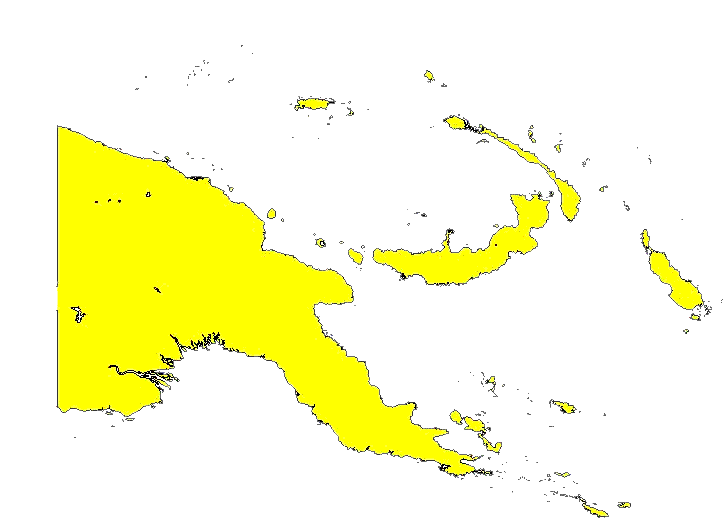


Papua New Guinea, in the southwestern Pacific, encompasses the eastern half of New Guinea and its offshore islands. A country of immense cultural and biological diversity, it’s known for its beaches and coral reefs. Inland are active volcanoes, granite Mt. Wilhelm, dense rainforest and hiking routes like the Kokoda Trail. There are also traditional tribal villages, many with their own languages.
Languages: Melanesian Pidgin serves as the lingua franca, English spoken by 1%-2%, Motu spoken in Papua region; note: 820 indigenous languages spoken (over one-tenth of the world's total)
Ethnic Groups: Melanesian, Papuan, Negrito, Micronesian, Polynesian
Belief Systems: Roman Catholic 22%, Lutheran 16%, Presbyterian/Methodist/London Missionary Society 8%, Anglican 5%, Evangelical Alliance 4%, Seventh-Day Adventist 1%, other Protestant 10%, indigenous beliefs 34%
Demographics:
Population: 7.49 million people (World Rank: 98th) (2014 estimate)
Population Density: 42.8 people/mi^2 (People per Square Mile) (World Rank: 208th) (2014 estimate)
Population Growth: 2.19 %/yr (World Rank: 47th) (2013 estimate)
Life Expectancy: 62.4 years (World Rank: 191st) (2013 estimate)
Median Age: 20.4 years (World Rank: 147th) (2010 estimate)
Sites for More Information:
Map of Papua New Guinea
Worldatlas.com
Country Profile for Papua New Guinea
United Nations
Papua New Guinea
Wikipedia.org
Current News in Papua New Guinea
Papua New Guinea - Facts and Information 1
Encyclopedia.com
Papua New Guinea - Facts and Information 2
World Factbook
Culture and Tourism:
Traveling to Papua New Guinea 1
Travelnotes.org
Traveling to Papua New Guinea 2
Travel Guide for Papua New Guinea
Wikitravel.org
Language Resources:
Tok Pisin language, alphabet and pronunciation
Omniglot.com
Government Related:
Embassy of Papua New Guinea
in Washington D.C.
Government Websites of Papua New Guinea
by Gunnar Anzinger.

